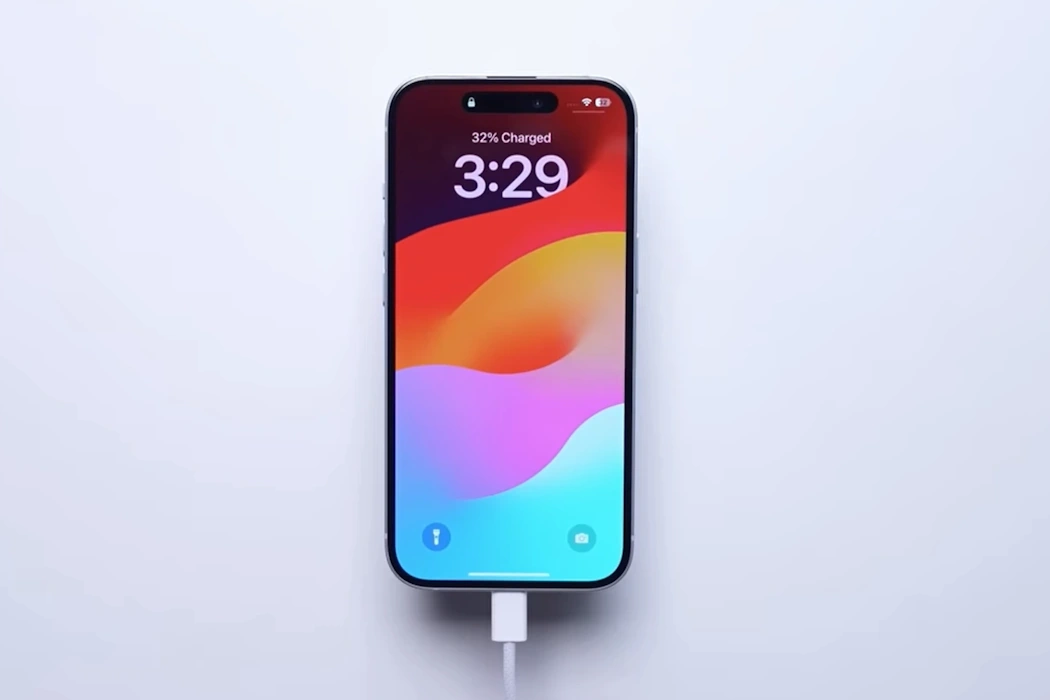Are you frustrated with your iPhone 15 series heating up excessively? Well, you’re not alone in facing this issue, as overheating is a recurring problem that many smartphone users encounter. Overheating can lead to reduced performance, battery drain, and even potential damage to the device if left unchecked.
Fortunately, there are some practical and user-friendly tips and tricks that can help you address this problem effectively. These measures will not only cool down your iPhone but also enhance its overall performance.
In this article, we will explore the common causes of overheating in these iPhones and provide comprehensive solutions to help you keep your device cool and functioning optimally.
Common Causes of Overheating
Before we dive into the solutions, it’s essential to understand the common reasons why iPhones may overheat. Identifying the root cause can help you address the issue more effectively:
- Resource-Intensive Apps: Running multiple resource-intensive apps or games simultaneously can strain the iPhone’s CPU and GPU, leading to overheating.
- External Factors: High ambient temperatures, exposure to direct sunlight, or using the device while charging can contribute to overheating.
- Software Bugs: Occasionally, software bugs or glitches in the iOS can lead to increased CPU usage and overheating.
- Background Processes: Background processes, such as syncing, updates, or location services, can consume CPU resources and generate heat.
- Heavy Multitasking: Switching between numerous apps quickly can cause the CPU to work harder and generate heat.
- Faulty Hardware: In rare cases, a malfunctioning component within the iPhone can result in overheating.
Now that we’ve identified the potential causes, let’s explore how to fix overheating issues on the iPhone 15 series:
How to Fix Overheating Issues on iPhone 15 Series
1. Close Resource-Intensive Apps
One of the primary reasons iPhones overheat is due to resource-hungry apps running in the background. To address this, swipe up from the bottom of your device to access the app switcher. Then, swipe up on the apps you want to close, effectively quitting them. This action frees up precious system resources and reduces CPU load, alleviating overheating issues.
2. Monitor Background Processes
Background processes, like location services and background app refresh, can consume CPU resources and contribute to overheating. To regain control, navigate to Settings > Privacy > Location Services, and review which apps have location access. Disable location services for apps that don’t genuinely need it. Additionally, visit Settings > General > Background App Refresh and disable it for non-essential apps to reduce CPU strain.
3. Update iOS
Apple regularly releases iOS updates, which often include bug fixes and performance improvements. Ensure your iPhone is running the latest iOS version by visiting Settings > General > Software Update. Installing updates can resolve software-related overheating problems and improve overall system stability.
4. Avoid Extreme Temperatures
iPhones are sensitive to temperature extremes. To prevent overheating, refrain from exposing your device to direct sunlight or leaving it in a hot car. Moreover, avoid using your iPhone while it’s charging, as this can generate additional heat. Store it in a cool, shaded place when not in use.
5. Use Low Power Mode
Enabling Low Power Mode, accessible via Settings > Battery, can significantly reduce CPU performance and extend battery life. This mode temporarily reduces background processes and screen brightness, minimizing the strain on your iPhone’s components and preventing overheating.
6. Reset All Settings
When all else fails, you can perform a “Reset All Settings” to address potential software issues. To do this, navigate to Settings > General > Transfer or Reset iPhone > Reset. This action won’t erase your data but will reset your settings to their default values, potentially resolving any software-related overheating problems.
7. Reduce Screen Brightness
High screen brightness levels can strain your device’s GPU and contribute to overheating. Adjust your screen brightness to a lower, comfortable level by swiping down from the top-right corner of the screen to access Control Center. Dimming the display can significantly reduce heat generation.
8. Manage App Updates
Developers regularly release app updates that not only bring new features but also address performance issues and bugs. Ensure your apps are up-to-date by visiting the App Store > Updates. Keeping your apps current can prevent compatibility issues that may cause overheating.
9. Limit Multitasking
Overloading your iPhone with too many open apps can push the CPU to work harder, leading to overheating. Avoid excessive multitasking by closing apps you’re not actively using. Simply follow the same process mentioned in tip 1 to access the app switcher and swipe away unnecessary apps.
10. Check for Hardware Issues
If all else fails, and you suspect a hardware problem, contact Apple Support or visit an Apple Store for a professional diagnosis and potential repair. Hardware issues are rare but can lead to overheating problems, so it’s essential to address them promptly.
Conclusion
By following these ten troubleshooting tips, you can effectively address overheating issues on your iPhone 15 series. Responsible usage, regular maintenance, and a proactive approach to addressing potential overheating causes are key to ensuring your device runs smoothly and stays comfortably cool.

